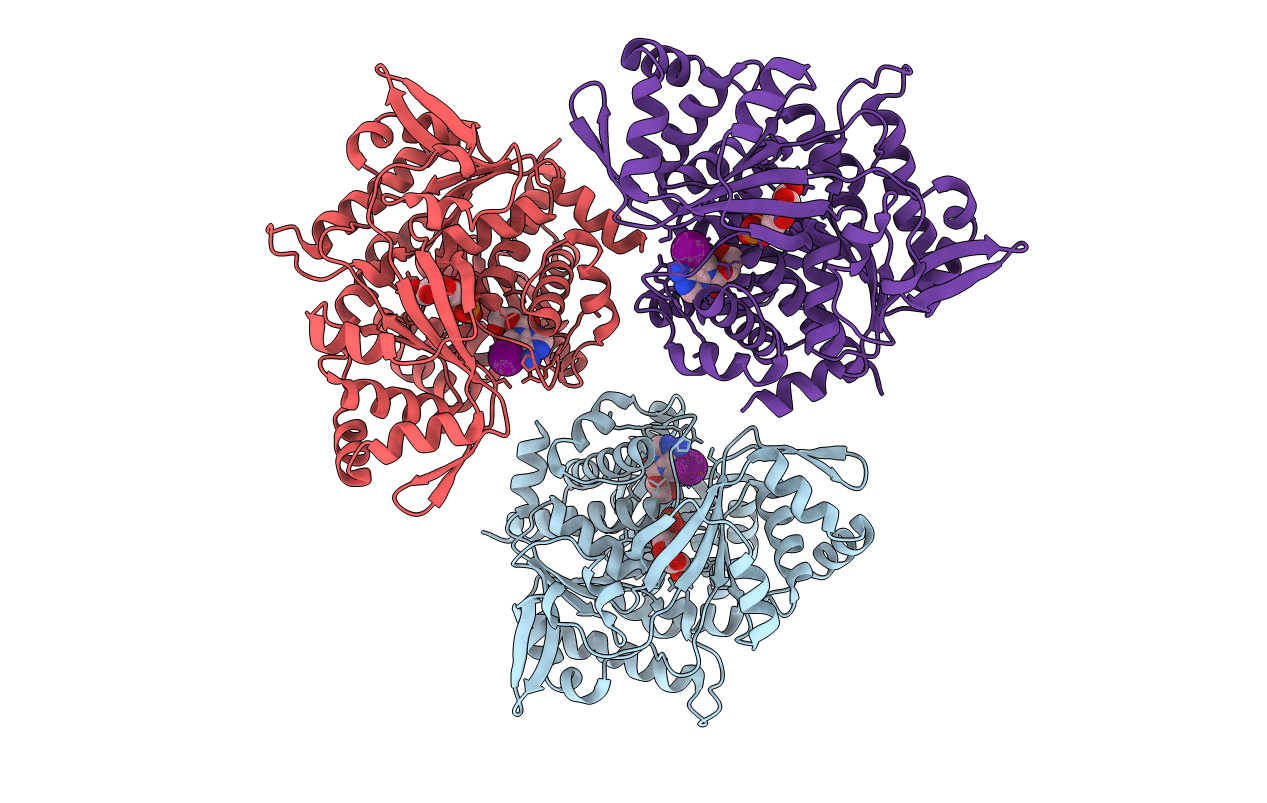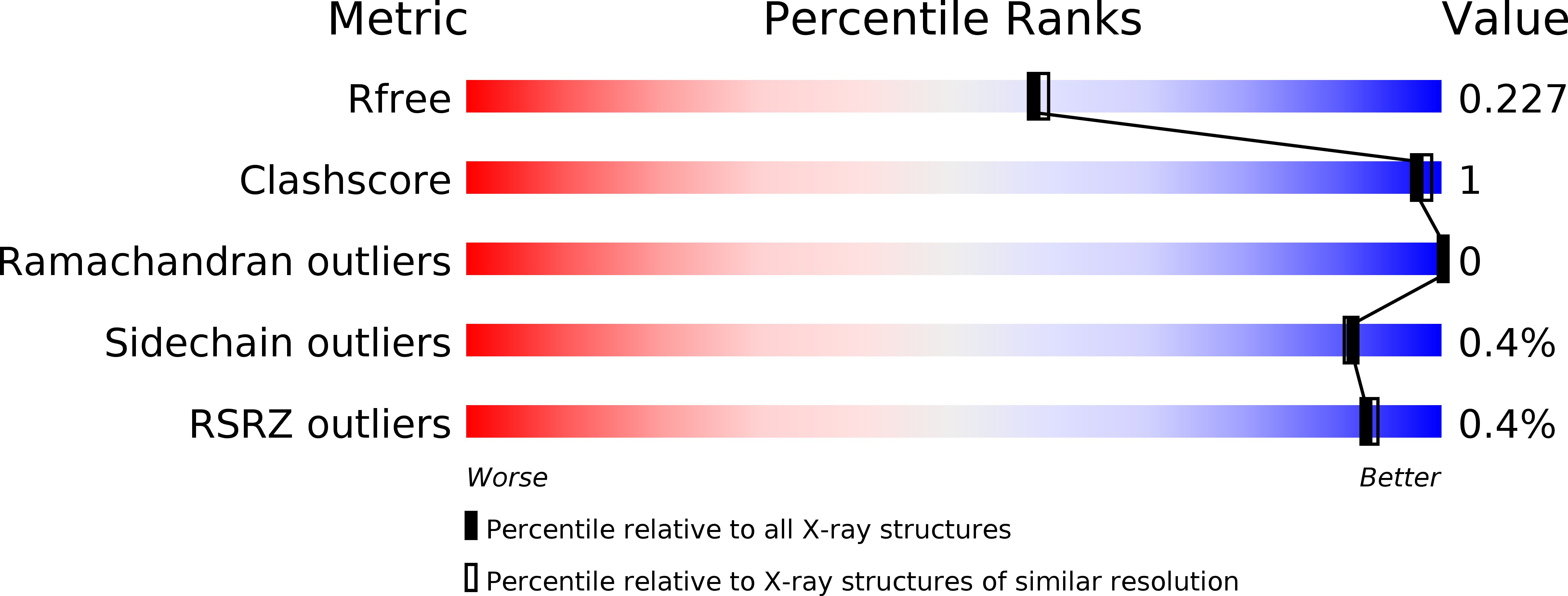
Deposition Date
2017-07-04
Release Date
2018-01-31
Last Version Date
2024-01-17
Entry Detail
PDB ID:
5OD2
Keywords:
Title:
Crystal structure of ADP-dependent glucokinase from Methanocaldococcus jannaschii
Biological Source:
Source Organism:
Host Organism:
Method Details:
Experimental Method:
Resolution:
1.98 Å
R-Value Free:
0.22
R-Value Work:
0.18
R-Value Observed:
0.18
Space Group:
P 31


